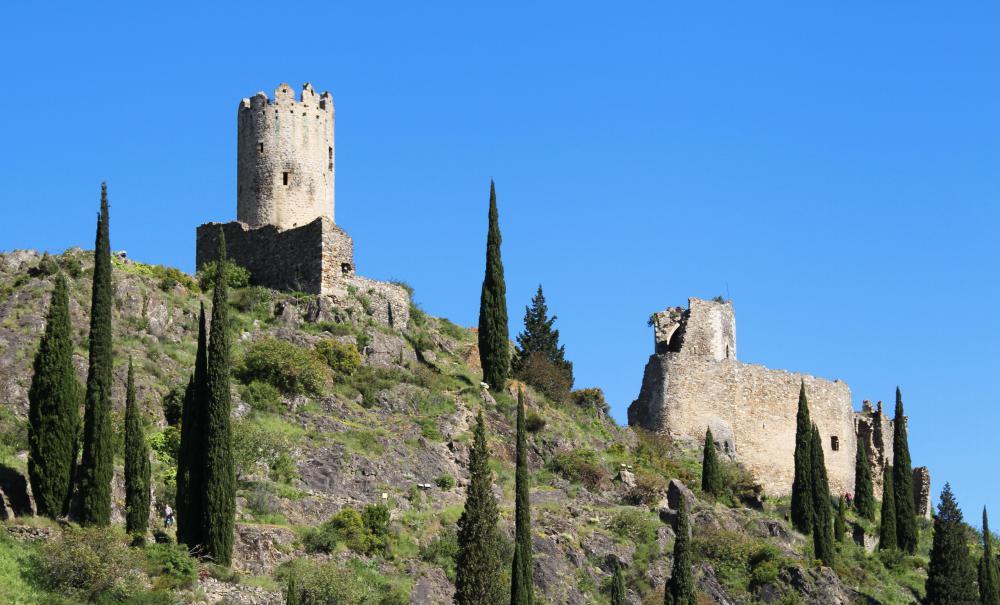At WiseGEEK, we're committed to delivering accurate, trustworthy information. Our expert-authored content is rigorously fact-checked and sourced from credible authorities. Discover how we uphold the highest standards in providing you with reliable knowledge.
What is Tristan and Isolde?
Tristan and Isolde is an opera in three Acts by the German composer Richard Wagner, who used his own libretto, based on the Tristan legend as recounted by Gottfried of Strassburg. Wagner is well-known for other operas including Tannhäuser, Lohengrin, Parsifal, the Ring Cycle, and Der fliegende Holländer, The Flying Dutchman in English,
Two preliminary sketches for Tristan and Isolde exist from 1856, but serious composition did not begin until after the libretto poem was completed on 18 September 1857, and the whole work was not complete until 6 August 1859. The premiere of Tristan and Isolde took place in Munich, Germany at Königliche Hof- und Nationaltheater on 10 June 1865.

The story of Tristan and Isolde is framed by a Prelude and the Liebestod (Love and Death Theme). The action begins on Tristan’s ship as he is bringing Isolde from Ireland to Cornwall to marry his uncle, King Mark. Isolde sends her servant, Brangäne to ask Tristan to come to her, and in the exchange, Tristan’s servant reveals the backstory between Tristan and Isolde.
It turns out that the man to whom Isolde was betrothed traveled from Ireland to Cornwall to demand tribute, and Tristan slew him. In disguise, Tristan came to Isolde to heal him, and she did, not knowing who he was. She was determined to slay him in revenge, but the way he looked at her made her refrain, and she is now sorry that she did so.
As the ship lands, Isolde prepares to give Tristan a potion that will kill him. Brangäne tries to dissuade her, without success. Tristan enters and Isolde takes the cup from Brangäne and hands it to Tristan. After he drinks, she does as well, not knowing that Brangäne has substituted a love potion. The famous “Tristan chord” is heard as the couple embraces, Brangäne looks on in despair, and King Mark’s approach is heard.
Act II takes place at King Mark’s castle as King Mark and his courtiers are leaving on a hunt. Brangäne warns Isolde of Melot, a duplicitous “friend” of Tristan who is trying to ensnare the couple. The lovers meet, as Brangäne keeps watch.
Suddenly, as Brangäne screams, King Mark, Melot, and the court interrupt the tryst, and King Mark’s accusation cannot be answered. Melot draws his sword, and fights Tristan, who allows Melot to wound him.
Act III of Tristan and Isolde is set at Tristan’s castle, where Tristan has not recovered from his wound and is delirious. His servant, Kurwenal, has sent for Isolde to heal him. Isolde enters, but Tristan dies in her arms.
AS FEATURED ON:
AS FEATURED ON:











Discuss this Article
Post your comments